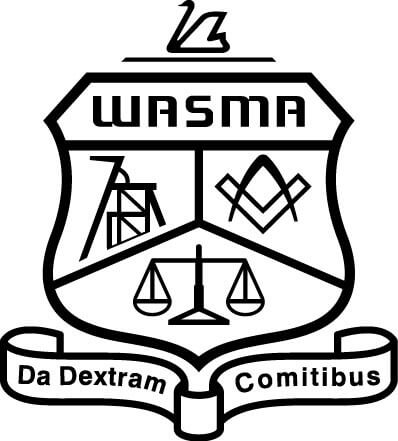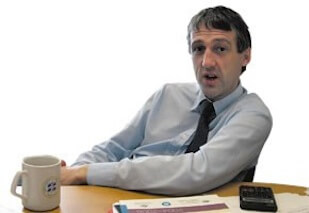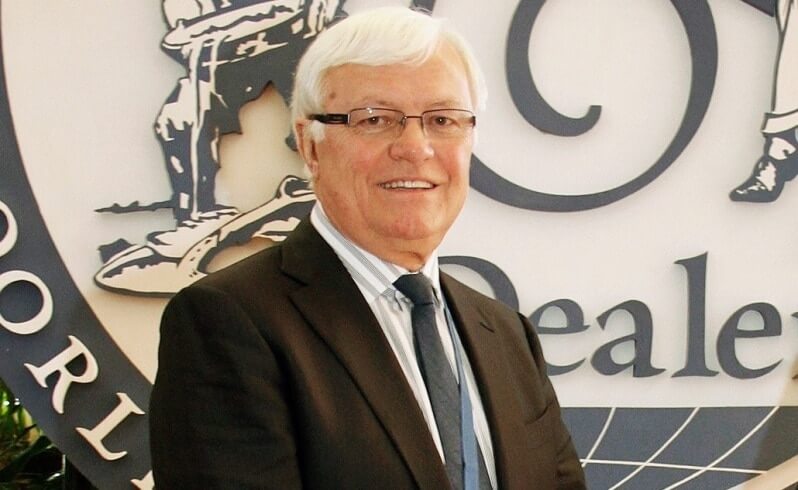- Noel Dyson
- 26 May 2017
While there has been a lot of focus on data scientists at the moment, there are some other jobs the industry is seeking.
During the recent Austmine conference in Perth there was a lot of focus on the amount of data miners were collecting and how to make use of it.
Data scientists are a key part of that.
However, there are also massive changes coming to the way mining is being done.
There is going to be an increasing push to automate a number of roles being done by people. There are several reasons behind that and not the least is safety. If people can be removed from dangerous situations safety will have to improve.
Another reason is to increase consistency in operations.
Rio Tinto Iron Ore chief executive Chris Salisbury said one of the benefits of the autonomous haulers the company was using came from their consistency of operation. They do the same thing the same way every time.
This frees humans to concentrate on more valuable activities, such as making decisions based on the streams of data being analysed by the data scientists.
Communicating this change and the benefits of it will be a challenge.
Barrick Gold chief technology officer Michelle Ash said change management would be a crucial factor in how successful the adoption of new technologies and mining methods.
“Miners will be working through difficult and tough issues with people,” she said.
“We’re not talking about the possible ramifications of this.”
Ash said ethics was another area miners needed to look at.
“What is that we want to do it and how are we bringing people along for the ride,” she said.
Petra Data Science managing director Dr Penny Stewart said another change miners were going to have to come to terms with was the increased need for collaboration.
“We need to be able to organise our work a little bit differently,” she said.
“In the past we’ve needed to work in domain expertise silos.
“In the future we need to be able to collaborate internally as well as externally.”
This change will increase the need for miners to expand their skills.
Glencore Copper asset management adviser Karl Roes said his team in Queensland developed an app that was essentially an expansive management system.
As a result of that change a number of other mining professionals in the operation started to consider what they could do in their own parts of the business along similar lines.
“We’ve started teaching them how to code on site,” Roes said.
“Whenever they have an idea in mind, now they can start building it.”
Sandvik sales and business development manager Dr Kwan Lee said competence development would be very important to employment in and to operate the mine of the future.
His view was shared by Barrick Gold senior director innovation Andrew Scott.
“We’re seeing a number of comments about the rate of change,” he said.
“I think the key competencies will be around that.
“Roles will change more frequently. We need to make sure people have the skills to adapt to that change.”








